A special meeting by the Philadelphia Art Commission scheduled to review plans for buildings on the Cobbs Creek and Karakung golf courses, which took place on July 27, 2022, led to a conceptual approval by the commission of one set of the buildings proposed for the site, with the commission requesting that the Cobbs Creek Foundation, the organization that has leased the approximately 350 acres of public land, more thoroughly account for the environmental impact of the project and prepare more detailed plans to mediate the impact.
Much of the meeting was devoted to the airing of public comments about the merits of the overall golf course renovation. These included scathingly critical comments from a member of the Maguire family, which has funded the project and dominates its leadership.
The meeting began with a brief discussion of an unrelated project to develop a nature playground elsewhere in Cobbs Creek Park. Then Jeff Shanahan, president of the Cobbs Creek Foundation, and an architect for the course, Jeff Hayes, presented an overview of the renovation process, followed by comments from the public.
About 20 of the commenters opposed approval of the project for reasons including incomplete permitting from Pennsylvania’s Department of Environmental Protection and the U.S. Army Corps of Engineers; its environmental impact, including the clearing of 100 acres of trees; and a lack of community involvement and input into the overall plan.
“Has the public stated they want a state-of-the-art golf course?” asked Eric Cesar Morales. Like many commenters, he pointed out that golfers tend to be well-off, male, and white, indicating that the course would not meet the needs of the neighbors in a mostly-Black, moderate- and low-income area of the city. Morales also noted the possibility that the golf course could drive gentrification if it becomes popular with wealthy suburbanites.
“These were the trees that were supposed to clean my daughter’s air and absorb CO2,” said Katrina Clark, who lives near Cobbs Creek. She pointed out that while the foundation’s promotional materials emphasize the history of Black golf players using the course and sell it as a resource for Black neighbors of the course, the idea for the course came from non-Philadelphians. Moreover, the foundation is based in the suburbs. “You don’t live here. You don’t get to tell our story,” Clark said. “They don’t even have the decency to have their office in Philadelphia.”
Supporters of the course pointed to the need for educational programming in the neighborhood — which the foundation is funding and plans to continue funding with profits from the course — as well as for activities for youth vulnerable to violence. Lawrence Martin, who has lived in the area since 1956, said the educational and athletics work funded by the course “is a much needed program that will be a safe place and will provide many positive alternatives to some of the most challenged children in the community.”
In an unusual twist, a commenter identifying themselves as “Chanel” said they were the child of foundation board chairman Chris Maguire’s brother, and that they wanted to “testify to the evil and greedy nature” of the Maguire family. They said that the course was a self-serving project ultimately intended to make more money for their family members.
The discussion then moved to presentations of four phases of structures being built on the course, though there was only time left to discuss one set of structures before the meeting adjourned after about four hours. Besides technical and design details, Art Commission staffers focused their questions on the need to control flooding and plant native species around the driving range as steps toward addressing its environmental impact.
The commission voted to grant conceptual approval for the first set of structures, including the driving range. Final approval will require information from the foundation about the environmental impact of the project and plans to mediate that impact.
Photography by Troy Bynum


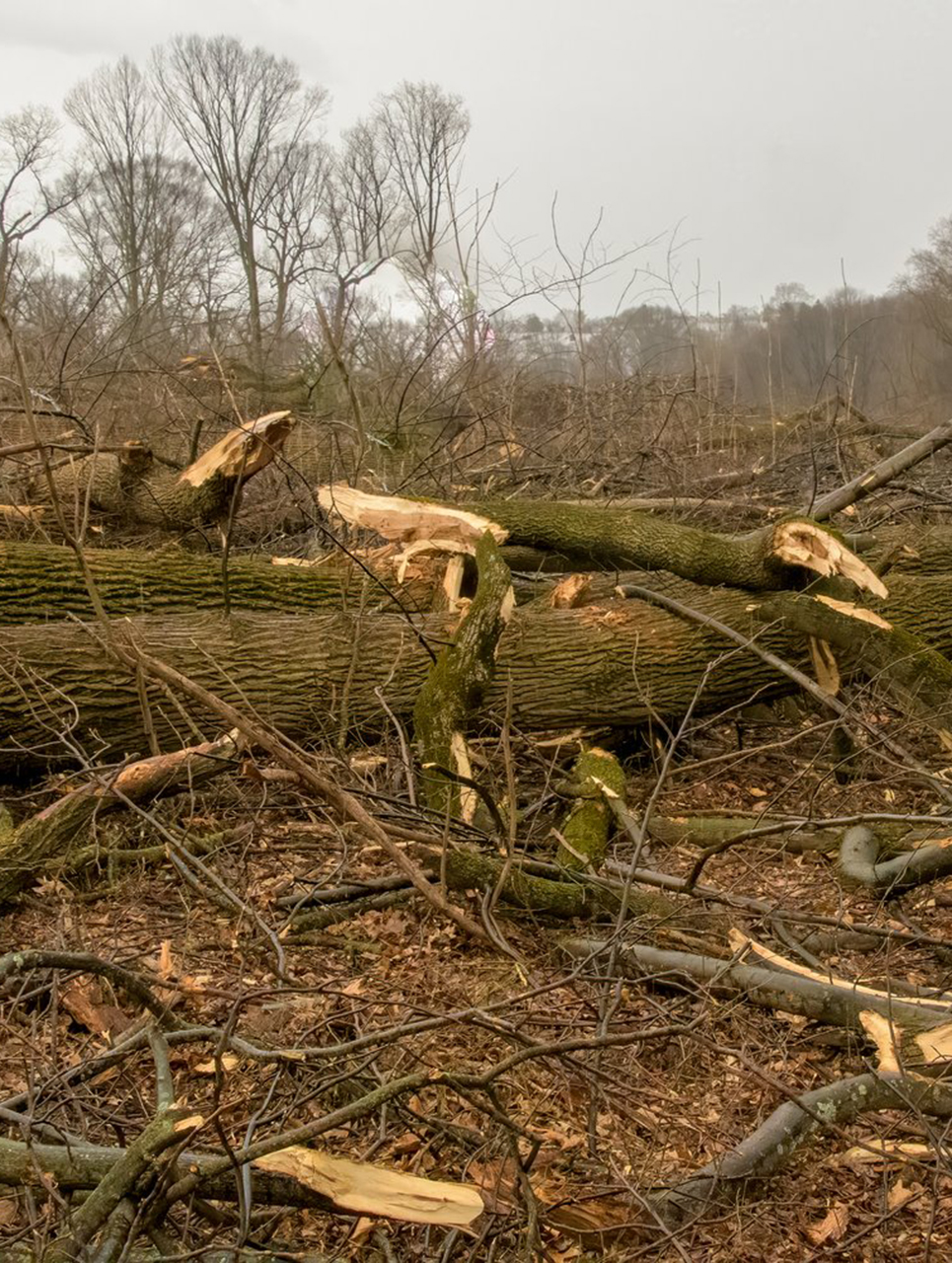
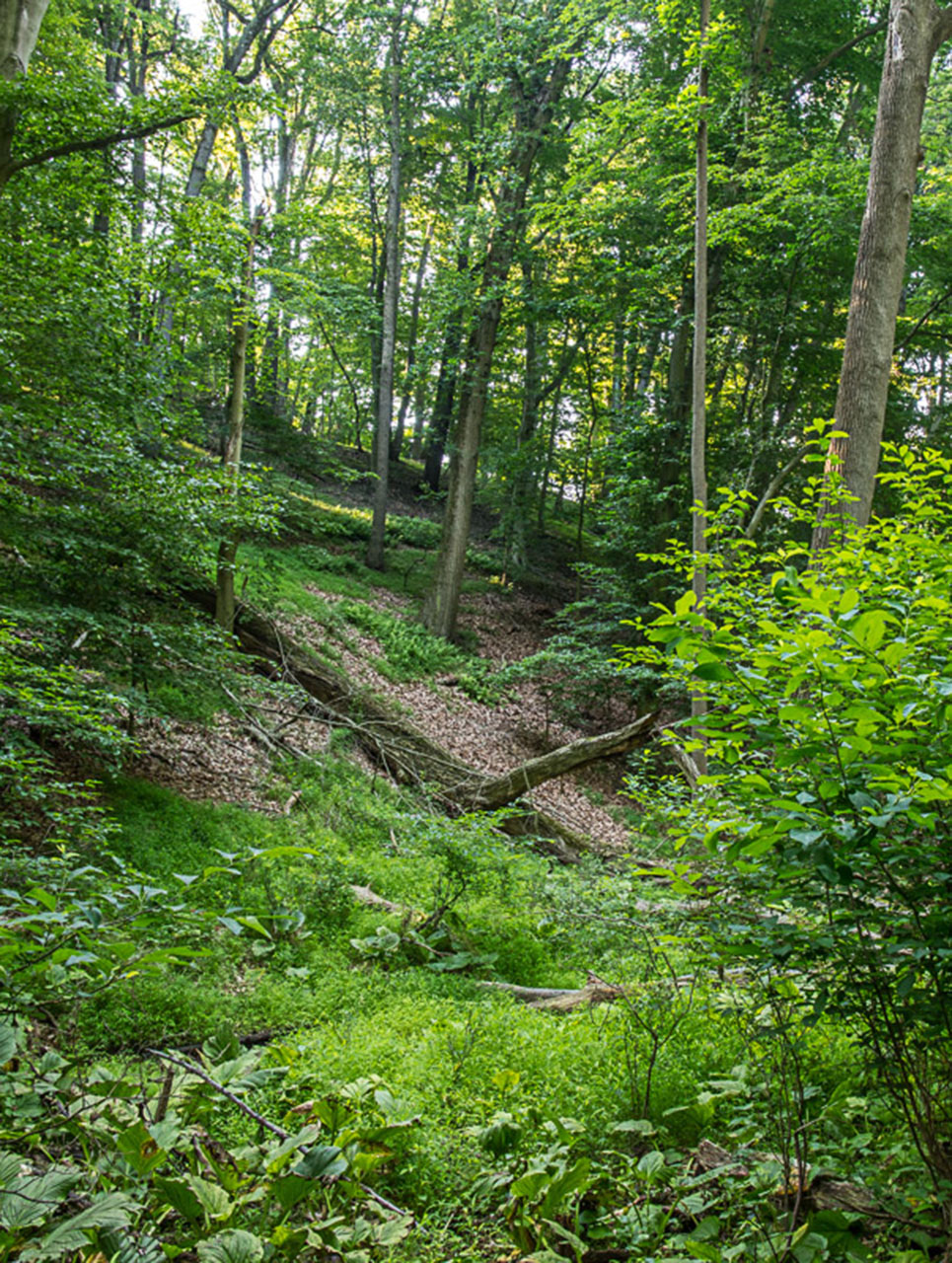

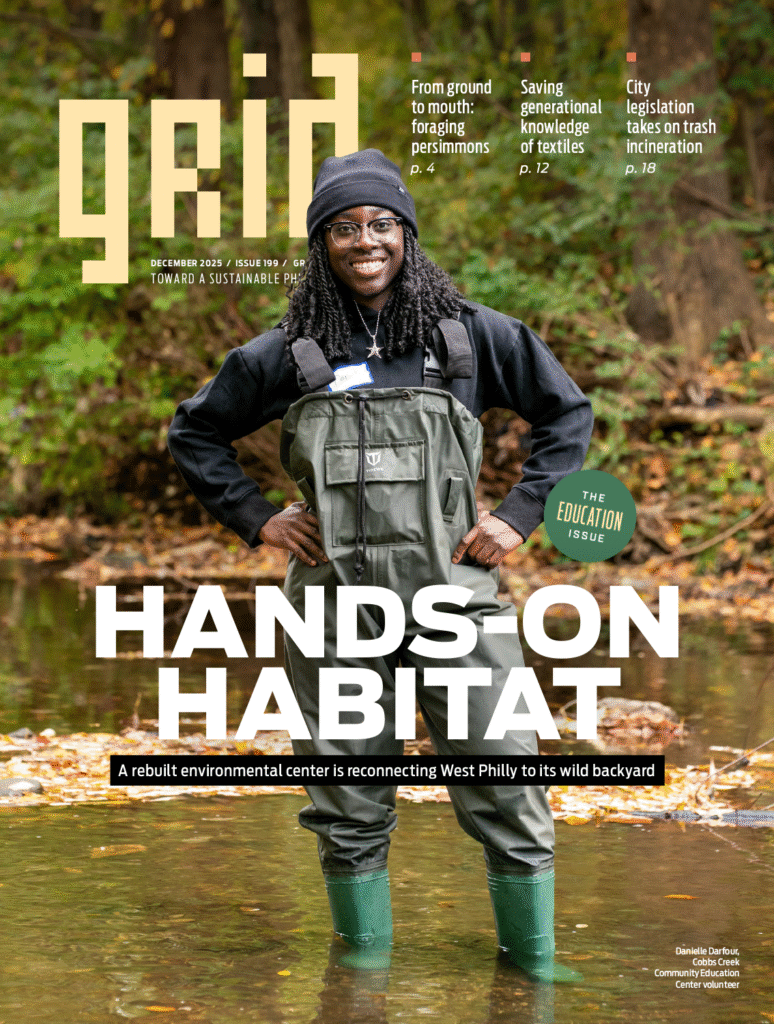
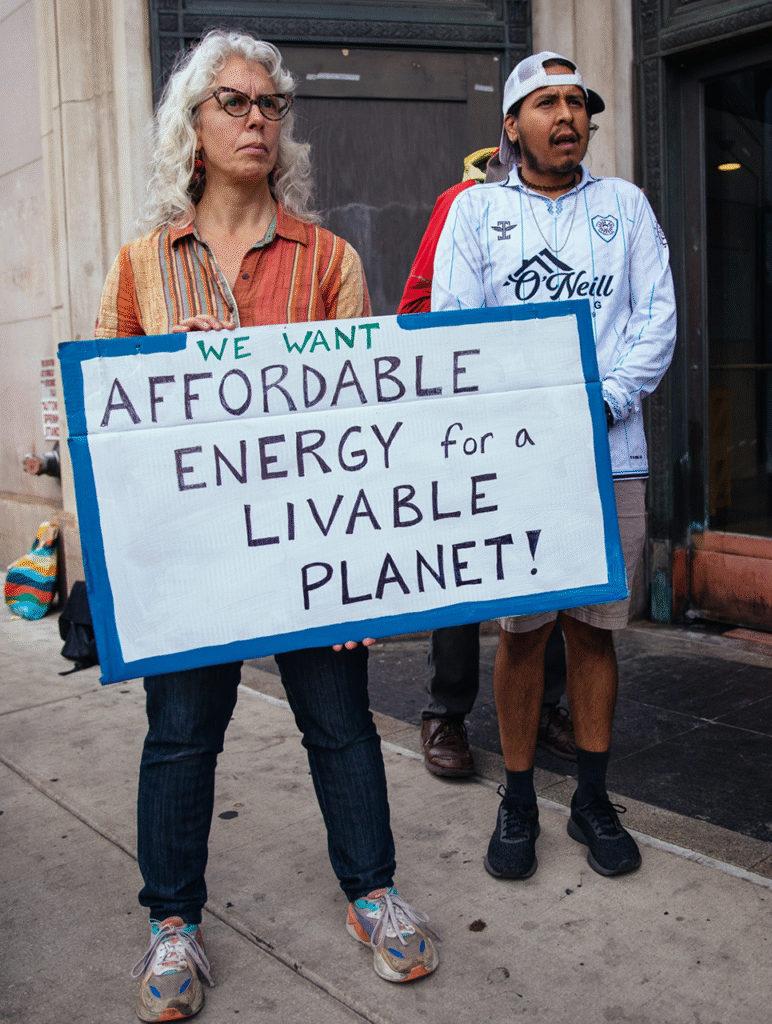

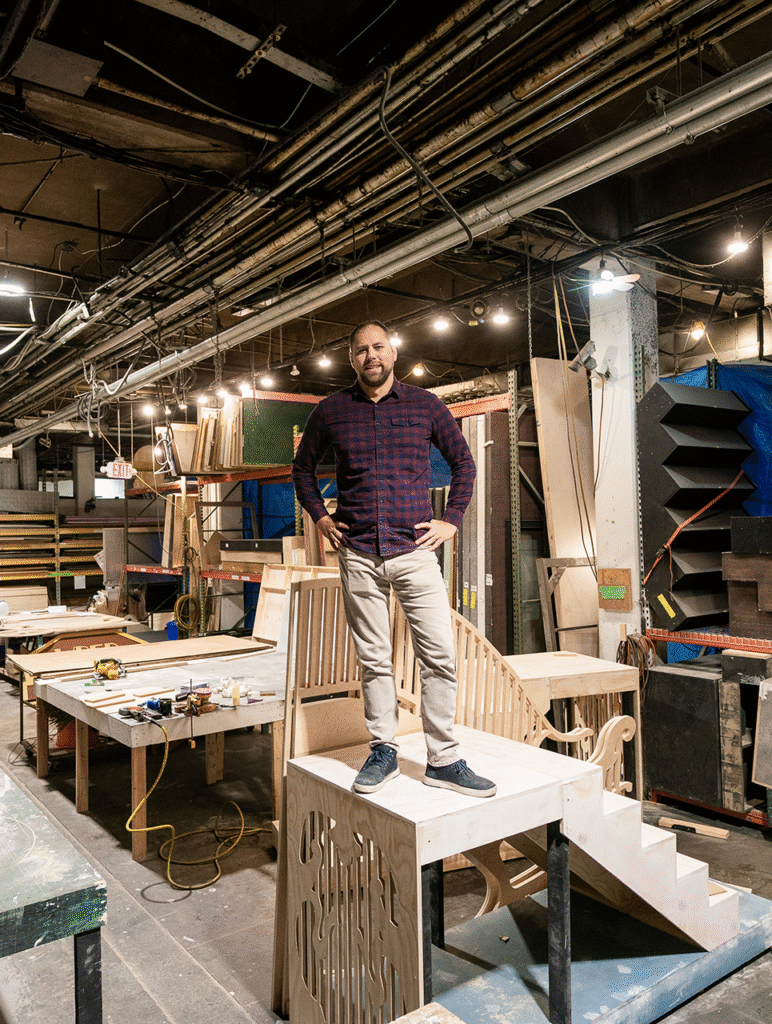

Who makes up the Philadelphia Arts Commission? Is there anyone on the Commission who lives near Cobbs Creek? I think I know the answer….
The fact that the way the clear cutting was done without community input says enough.
The Art Commission voted to provide conceptual approval to a single building, the driving range. The driving rage is part of the second Phase of the project which also includes a building to house the proposed education center. The Education center was not brought to a vote. The foundation was seeking final approval for NINE individual buildings on Wednesday and only received conditional conceptual approval for one building, and nothing else. As you’ve noted they’ll have to come back for another hearing to get final approval before they can begin construction on the driving range. Since the Art Commission doesn’t meet in August so the earliest they can try again is the second Wednesday of September. That being said its highly unlikely that they’ll be able to gather the information that the Art Commission requested of them in such a short period.
The meeting was highly unusual and public comment was broken down into three phases. The first phase, pre-register commenters(33 minute mark), had twenty members of the public. 15 spoke against the project and 5 in favor. Of the five in favor at least two, very likely more, were paid employees of institutions CCF is trying to donate services to. The second phase, non-registered speaker(1 hour 48 minute mark), had seven members of the public. Five spoke against the project, one expressed mixed feelings and one supported the project. The single person who supported the project was again a paid employee of an institution CCF is trying to donate services to. CCF unfairly had two of its employees/contractors speak in favor of the project during the public comments section. The third and final public comment, comment for the Driving Range (3 hour 30 minute mark), had six members of the public speak all of who opposed the project. Despite CCF’s erroneous claims to the contrary the community is overwhelmingly against this project.
Tucked in at the very end of the CCF presentation (https://www.phila.gov/media/20220722085749/Cobbs-Creek-golf-course-improvements-presentation-submission.pdf) are two pages date 06/24/22 outline renewed efforts to cut dozens of additional acres of trees located on the golf courses’ steep slopes
Anyone interest can watch the over four hour meeting in its entirety here: https://dpd-public-meetings.s3.amazonaws.com/ArtCommission/ArtCommission_July272022.mp4
I live in the community and there was not any communication. It was clear the golf building and grounds had appeared vacant and unused during the pandemic and there were signs of dumping. The next thing droves of trees were being cut down. Now there’s various entities attempting to report the benefits to the community. Where is the community involvement and who is at the table for what appears a massive project without clarity of who, what, when and how?